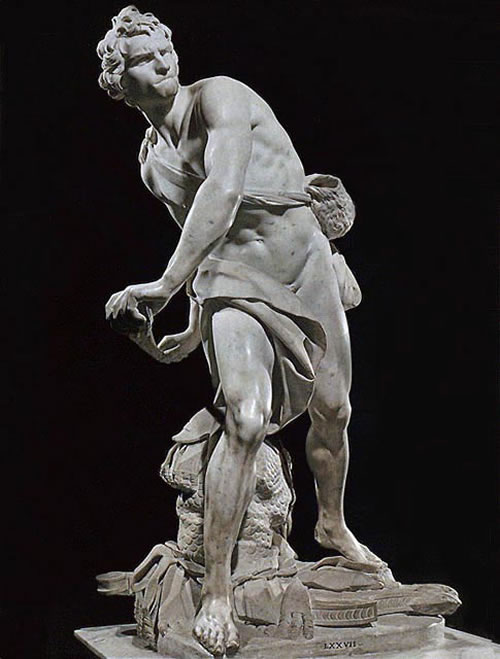While art has been flourishing in the West, it's branches have also been growing on the other side of planet earth. It's like art binds the whole world together! :)
Art Beyond the West
African Indian
Islamic Chinese
Oceanic Japanese
Native American
SUBJECT MATTER: religion, shrines
STYLE: symbolism, realism, naturalism, abstractionism
Here are some examples of art that were developed in places other than the West:
"Altar of the Hand and Arm" by Benin Nigeria
The king in this artwork has a triangular apex which signifies that he is the leader.
(African)
"The Ruler of Orangun-Ila" Airowayoye I
The height of the crown of the ruler means that he is the center of power.
(African)
"Nkisi Nkondi" (hunter figure)
Nkisi means spiritual charm while Nkondi stands for carved power.
(African)
"The Great Mosque" Djenne Mali
Art Beyond the West
African Indian
Islamic Chinese
Oceanic Japanese
Native American
SUBJECT MATTER: religion, shrines
STYLE: symbolism, realism, naturalism, abstractionism
Here are some examples of art that were developed in places other than the West:
"Altar of the Hand and Arm" by Benin Nigeria
The king in this artwork has a triangular apex which signifies that he is the leader.
(African)
"The Ruler of Orangun-Ila" Airowayoye I
The height of the crown of the ruler means that he is the center of power.
(African)
"Nkisi Nkondi" (hunter figure)
Nkisi means spiritual charm while Nkondi stands for carved power.
(African)
"The Great Mosque" Djenne Mali
- ferey = sun-baked earth bricks
- rodier palm/toron = spikes
(Oceanic)
"Great Stone Figures" on Easter Island
These figures are 60 feet tall. It shows a belief that political power is equal to spiritual power.
(Oceanic)
"Castas" by Miguel Cabrera
This painting is a depiction of racial mixtures through marriage of two cultures. Castas = mestizo, referring to the children. The father is European while the mother's Native American.
(Spain)
"Taj Mahal"
Originally built as a mausoleum. Pure marble
(Islamic)
"The Great Stupa"
The fence is called the vedika (separation of heaveny & earthly). The dome represents the sky. Pilgrims circumnavigate the structure clockwise, repeating the movement of the sun across the sky. Most of their rituals are done outside the dome. (Indian)
"Fan K'uan" Travellers Among Mountains and Streams
This artwork does not show any vanishing points.
(Chinese)
"Sudden Rain at Atake and Ohashi" by Andro Hiroshige
This is light-colored because it is a woodblock print.
It was imitated by the famous artist, Vincent Van Gogh
(Japanese)
"Bridge in the Rain" by Vincent Van Gogh
Van Gogh's version of the "Sudden Rain at Atake and Ohashi"
(Post-impressionism)
- 10:37 PM
- 0 Comments





1316459868028.png)





